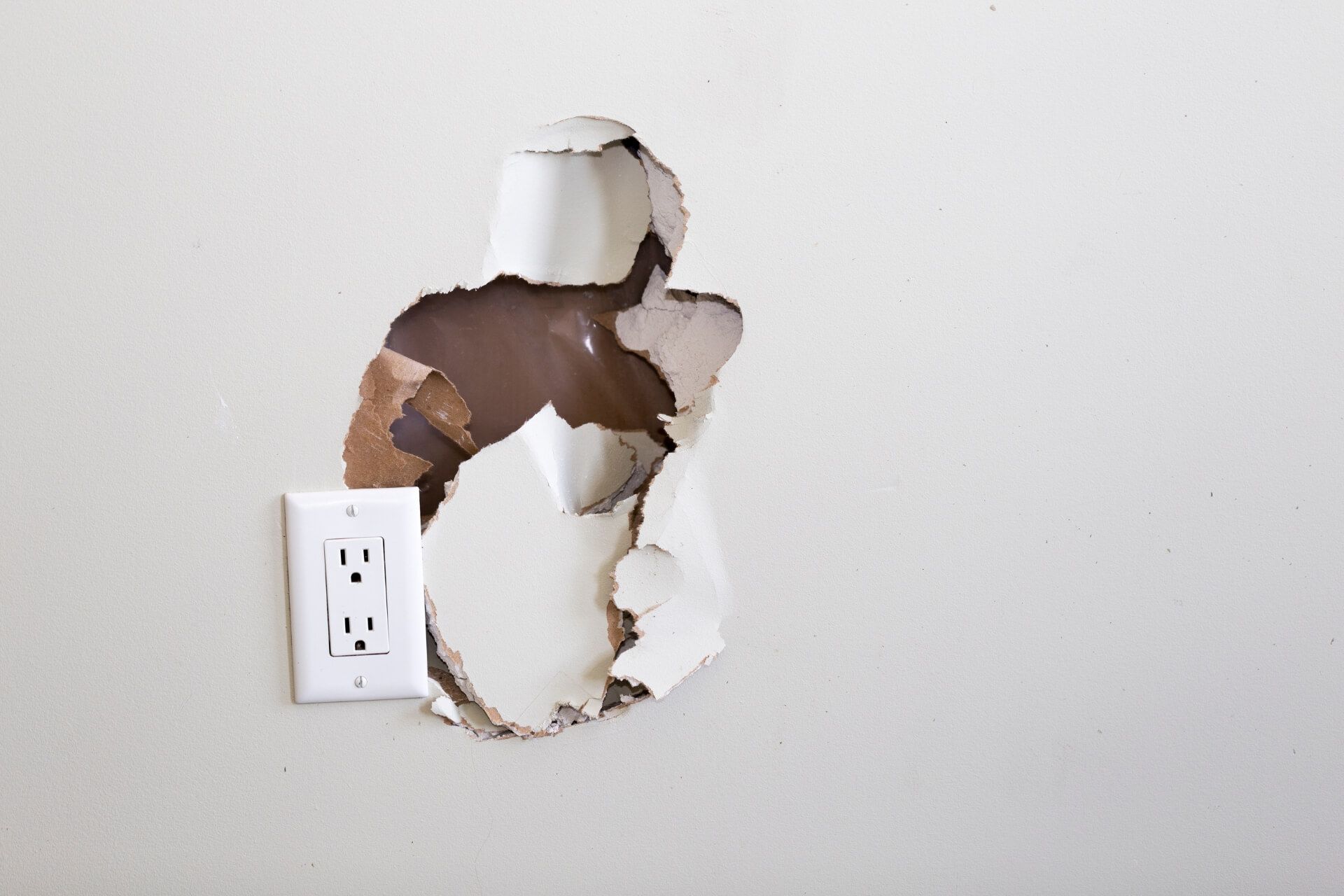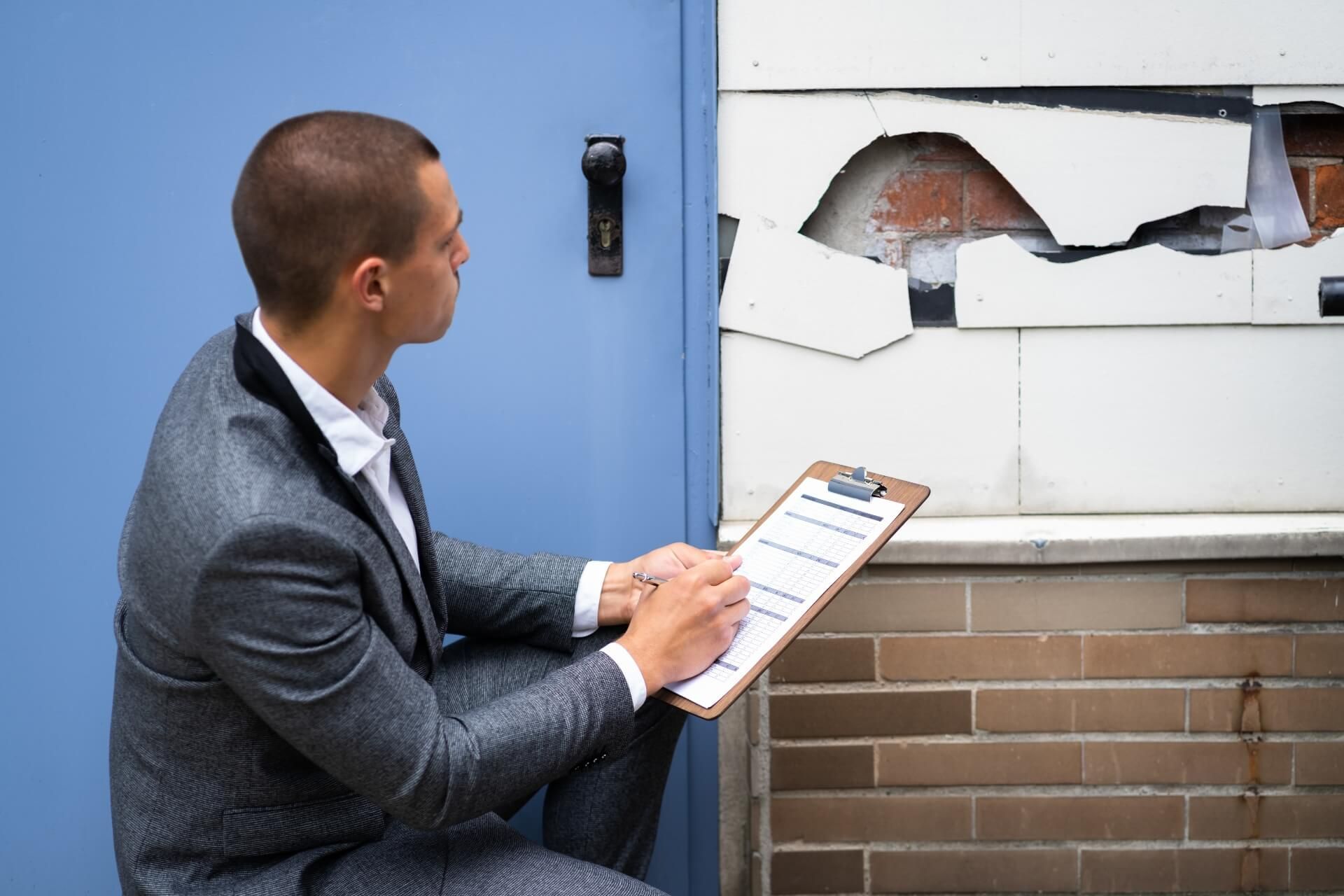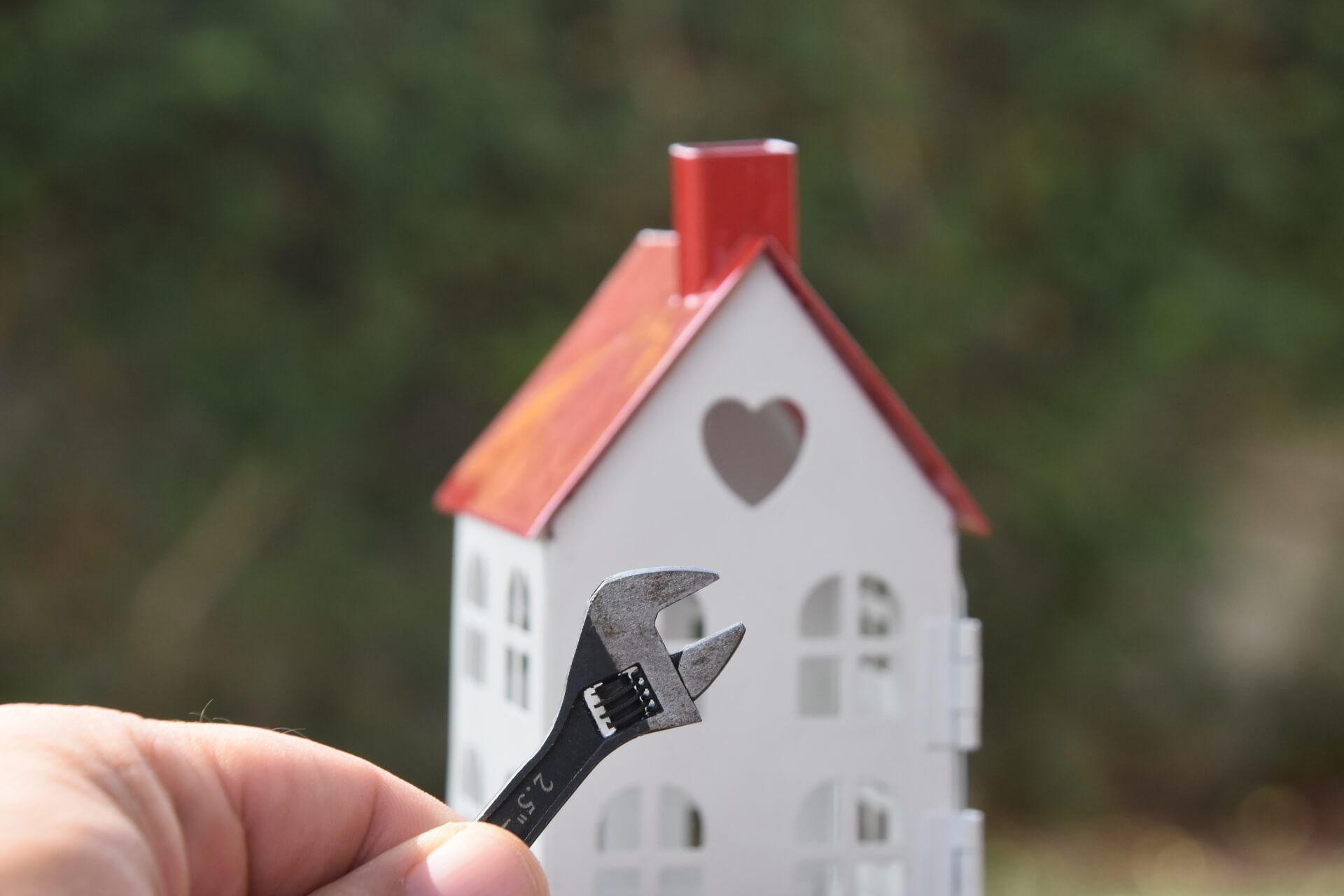When a tenant damages a rental property, the property owner may be entitled to charge the tenant for the cost of repairs. However, property owners must be careful to only charge tenants for damage that is beyond normal wear and tear and to consider the estimated useful life of the damaged item or area.
The estimated useful life of a property is the amount of time that it is expected to last before it needs to be replaced or repaired. For example, the estimated useful life of a carpet might be 10 years, while the estimated useful life of a roof might be 20 years. When a tenant causes damage to a property, the property owner must consider the estimated useful life of the damaged item or area to determine the appropriate amount to charge the tenant for repairs.
One way that property owners can consider the estimated useful life of a damaged item or area is to use a formula that considers the age of the damaged item or area and the remaining useful life. This formula can be used to prorate the cost of repairs among all the tenants who were occupying the property at the time the damage occurred.
For example, let's say that a tenant causes $1,000 worth of damage to a carpet that has an estimated useful life of 10 years. The carpet is 5 years old, so it has 5 years of remaining useful life. The property owner could use a prorating formula that divides the cost of repairs by the remaining useful life of the carpet. In this case, the cost of repairs would be divided by 5 (the remaining useful life of the carpet) to get $200. Each tenant's monthly rent would then be increased by $200 until the cost of the repairs is fully paid off.
Another way that property owners can consider the estimated useful life of a damaged item or area is to use a depreciation schedule. A depreciation schedule is a table that shows the estimated useful life of each item or area in a rental property and the amount of depreciation that occurs each year. This schedule can be used to calculate the depreciated value of a damaged item or area, which can then be used to determine the appropriate amount to charge the tenant for repairs.
For example, let's say that a tenant causes $1,000 worth of damage to a roof that has an estimated useful life of 20 years. The roof is 10 years old, so it has already depreciated by 50%. The property owner could use this depreciation schedule to determine that the depreciated value of the roof is $500 ($1,000 x 50%). The property owner could then prorate this amount among all the tenants who were occupying the property at the time the damage occurred.
When charging tenants for damage to a rental property, it is important for property owners to be fair and consistent. Property owners should not charge tenants for damage that is beyond normal wear and tear, and they should not charge tenants more than their fair share of the repair costs. Property owners should also provide tenants with documentation of the damage, including photographs and repair estimates.
In conclusion, property owners can charge tenants for damage to a rental property, but they must consider the estimated useful life of the damaged item or area. Property owners can use prorating formulas or depreciation schedules to determine the appropriate amount to charge the tenant for repairs. When charging tenants for damage, it is important for property owners to be fair and consistent and to provide tenants with documentation of the damage. By considering the estimated useful life of a damaged item or area, property owners can ensure that they are charging tenants an appropriate amount for repairs.











